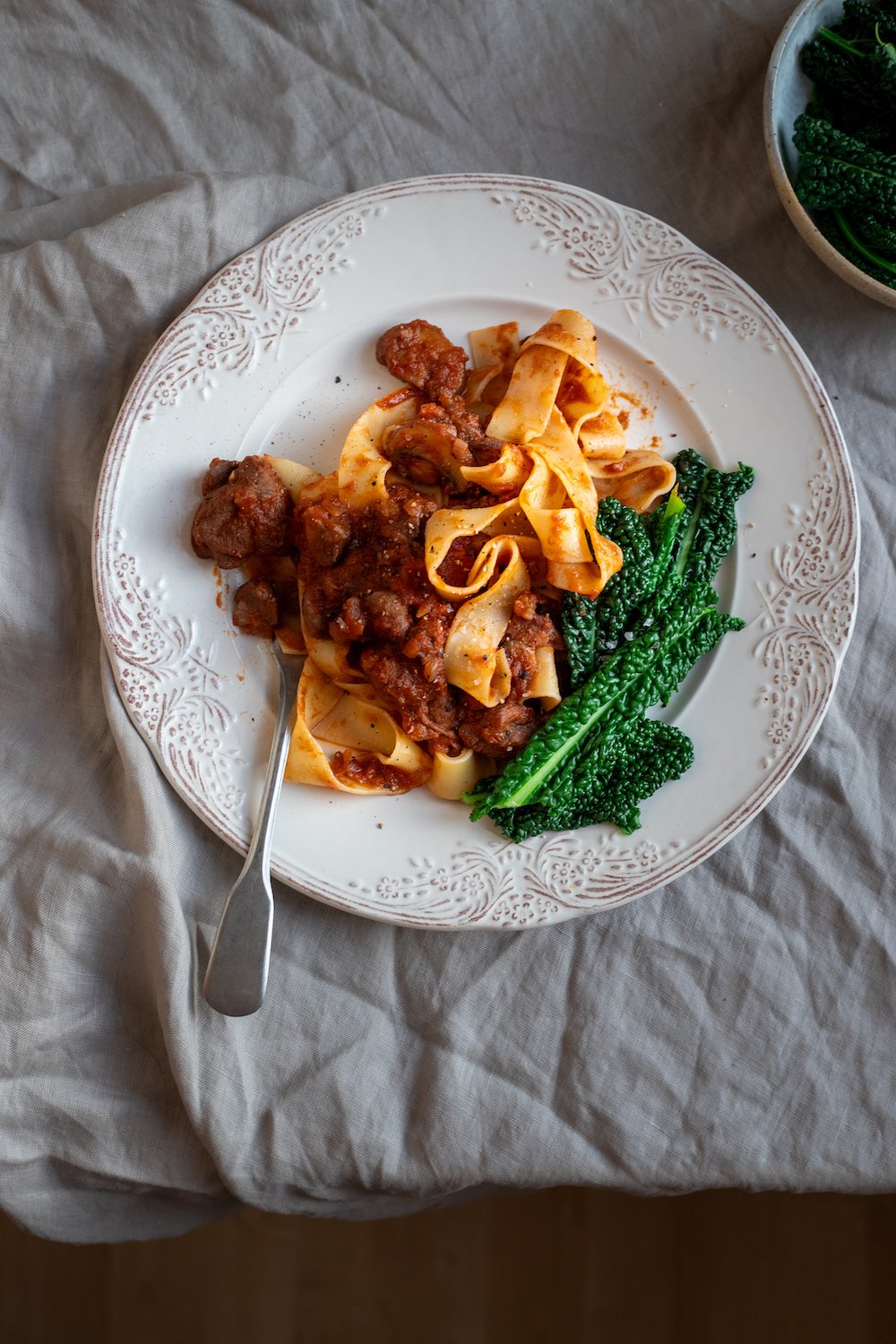Cacao and tahini are both nutrient-packed ingredients that supply a whole host of otherwise hard-to-find minerals, such as magnesium and zinc.
I actually discovered this recipe at a cafe in Stockholm.
It was one of those “what in the name of hippies are we drinking now” moments but curiosity got the better of me so I ordered one.
It turned out to be a tasty drink whereby tahini added a nutty, creamy profile while the cacao gave it a rich chocolatey note. In summary, it is way more delicious than it sounds.
A word of advice: the quality of the ingredients you use will change this recipe quite considerably.
Basically, don’t be put off by getting this wrong in the first instance. If it’s not quite to your liking, then change the quantities of the ingredients. There is more on this below.
An even bigger word of advice: this is not a nighttime drink. Cacao is a stimulant, so it is much better to consume it in the morning or daytime.
Interestingly, some promising new research suggests cacao in the morning may help to reset our circadian rhythm.
Not that I needed an excuse for a morning hot chocolate, but in case you do then here it is.
Notes on ingredients:
Milk - the milk you use will change the drink. Oat milk is generally sweeter, dairy milk can add creaminess if it’s full fat and almond milk is more likely to be bitter.
Depending on your choice of milk, you may need to add more sweetness (dairy or soy) or less cacao (almond milk).
Cacao - cacao is the raw, higher-quality version of cocoa. It is unsweetened and generally quite bitter but it does contain more nutrients. It’s usually found in the health food or baking section of supermarkets.
My two favourite brands are Naturya and Aduna.
If your drink is not chocolatey enough, then you will need to add more cacao. To do this, mix 1/2 a teaspoon of cacao with one to two teaspoons of milk to form a paste and stir this in. If you try adding more cacao powder it’ll be clumpy and just float to the top.
Tahini - this is a sesame seed paste. You will find this near the spices or in the world food section of supermarkets. Alternatively, there are much nice quality versions in Middle Eastern stores.
The whiter the tahini, the milder flavour. The darker ones tend to be more bitter.
Sweetness - Unless I have really great quality honey then I generally opt for agave for sweetness because it is much sweeter, meaning I can use less. Maple syrup is another great option, however, it is much milder so you may need to add more to achieve the desired sweetness.
Xylitol is a good sugar-free sweetener option, just make sure it is fully dissolved.
Stevia drops work to a variable degree. Personally I find the taste of stevia a bit challenging.
Other ingredients - if you are into it, this recipe works well with a little bit of maca powder, a pinch of cinnamon, or 1/4 of a teaspoon of a mushroom powder such as reishi
Ingredients
1 mug of milk - literally pour the milk in a mug of your choice. Mine was approximately 250ml
2 teaspoons of cacao
2 teaspoons of tahini, reduce to 1 if you are using a non-white tahini
1-2 teaspoons of agave, honey or maple syrup
Method
Pour the milk into a pan and heat on a medium heat.
Put your cacao, tahini and agave in the mug and mix well. It will start forming a paste. This is a good way to avoid lumps of cacao.
Take a tablespoon of the warming milk and mix that into the cacao paste. It will loosen the paste and make sure everything mixes well when you pour the milk in.
Once the milk is fully warmed up, pour it into the mug.
Stir well to mix.
Taste it and adjust the flavour if required. (i.e. add more sweetness or more cacao if it needs a more chocolatey kick.)





